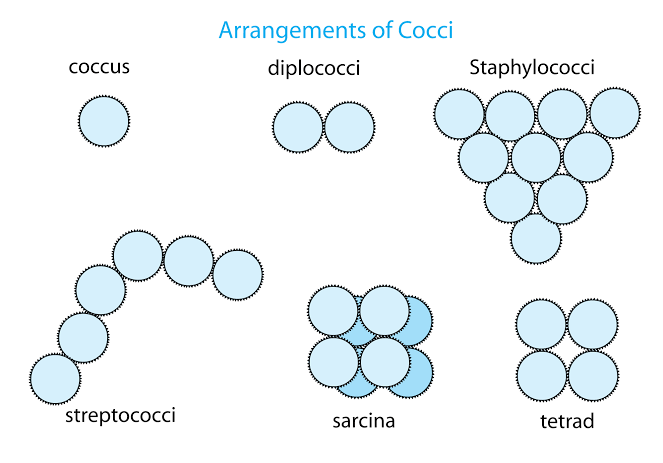

Look at the table and figures below depicting the different cell morphologies in prokaryotes. Based on the cell morphology and arrangement, there are further classifications within these 4 major types like for pairs (diplo- prefix used), chains (strepto- prefix used), etc. Helicobacter has “ helico” in its name, meaning its spiral/helical shape. The genus name usually carries an identifier to the bacterial shape like Streptococcus has “ coccus” in it, meaning it’s spherical in shape. The bacterial taxonomy is representative of the bacterial cell morphology most of the time. Bacillus (plural bacilli): Rod shape, like cylinders.Coccus (plural cocci): Spherical shape, like tiny balls.Types of Bacterial cell morphologyīelow are the different bacterial cell morphologies: Let’s take a look at the different types of cell morphology of bacteria. Just like humans come in different shapes and sizes, so do bacteria. Now since bacteria are unicellular, the cell shape defines the bacteria’s shape. Both eubacteria and archaea come under prokaryotes. These organisms are typically unicellular and their morphology is studied under the domain of prokaryotic microbiology.
#MICROBIOLOGY BACTERIA SHAPES PLUS#
Prokaryotes are the basic form of living organisms that are devoid of a well-defined nucleus, instead have a nucleoid, plus have no specialized organelles as eukaryotes. What is cell morphology in microbiology? In microbiology, cell morphology is the branch of science dealing with the cell’s structure, shape, size, and arrangement of prokaryotes. So, the definition of cell morphology in biology is related to the morphological and phenotypic description at the cellular level. Cell morphology is the topic of concern here so let’s proceed with it and try to understand what it is, what role it serves, how many types of morphology of cells occur and its spectrum across various lineages of life…ĭefinition of Cell Morphology in Microbiology Morphology can be studied at various different levels like organismal, organ, tissue, or cellular morphology. The morphological branch of biology deals with the very basic size, form, shape, structure, color, texture, and pattern that a biological being possesses. This is what’s called the morphology of that organism. The basic essence for any living organism is its structural framework which includes appearance, form, and the visually-recognizable characters. Table 1: Different Cell Morphologies in Prokaryotes.Cell Morphology Examples in Prokaryotes.Definition of Cell Morphology in Microbiology.


 0 kommentar(er)
0 kommentar(er)
